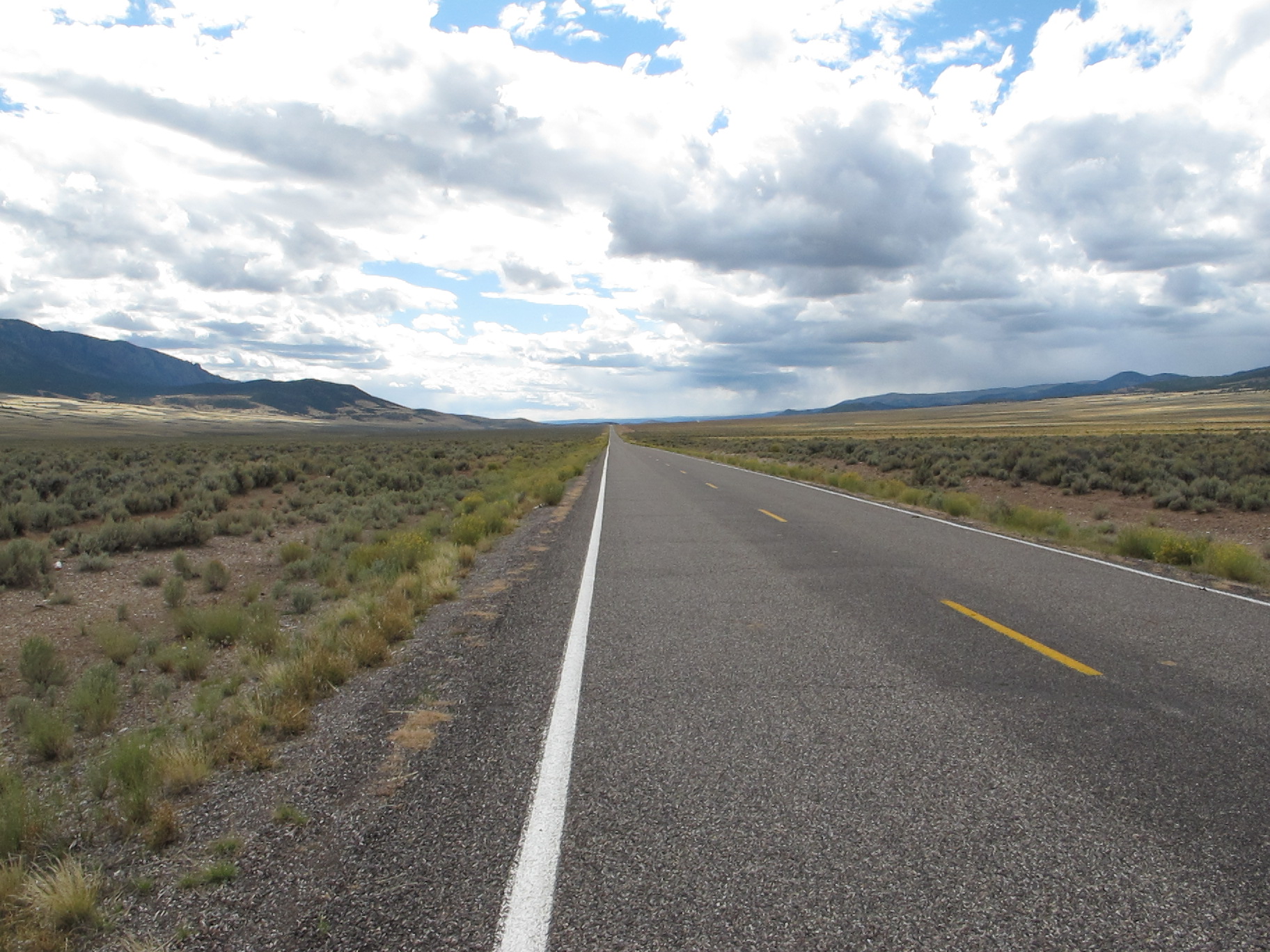 [This post is by 2011 thru-hiker Tyler Coulson.]
[This post is by 2011 thru-hiker Tyler Coulson.]
“Why do you want to walk across the United States?”
Get used to that question, because it’ll be the most common question you hear if you’re really considering walking across the continent. Every cross-country walker hears that question more times than can be counted. The conversation usually goes like this:
“I’m walking across the United States.”
“What?”
“I’m walking across the United States.”
“No you aren’t.”
“Yeah, crazy, I know.”
“Why?”
That’s pretty much how the conversation goes every time. Then, after you share your “why of the thing”, the person you’re talking to will usually say either a) I’d never do that, b) I could never do that, or c) well, that’s awesome. No matter what your reason, you will run into people who demand to know why. You don’t owe them an answer, but it’s nice to offer a reason.
Do you know why you want to do this?
There is no “right” answer to this question. There are as many reasons as there are people who have made the long trip. Here are a few reasons that I’ve heard:
- To see if you can.
- To test yourself.
- To see the county.
- To meet people.
- To “find yourself”.
- To raise money or awareness for a good cause.
- To get in shape or to lose weight.
- Because you are bored.
It’s great to have a reason, especially if you are the type of person who needs a reason. Society often convinces us that we must strive for significance, that we have to change the world. During and after my Walk, I was interviewed by the New York Post, the New York Times, Grantland, and a host of other media, and they each and every one wanted to know why I walked. When I was out there on the road, every person I met asked me why I would do such a crazy headed thing. More often than not, people were not at all satisfied by my answer–I don’t know why I did it, there are a lot of reasons. For me, there were a million reasons. But that’s not what people want to hear, not what people need to hear in order to sympathize with others.
People will need a reason, so you better have an answer ready. I didn’t have an answer for that question because it was so obvious to me why I was doing it that I never bothered to put those reasons into words that other people could understand. My Walk would have been a different experience had I had a reason ready to offer to the people who asked, if I had a “‘why of the thing” written on little notecards that I could hand out to the curious.
But you don’t need a reason. Believe me: There are a lot of us who made the long walk and still don’t know why. In the end, the Long Walk doesn’t have to change the world and it probably won’t change the world. But it will change your world.







